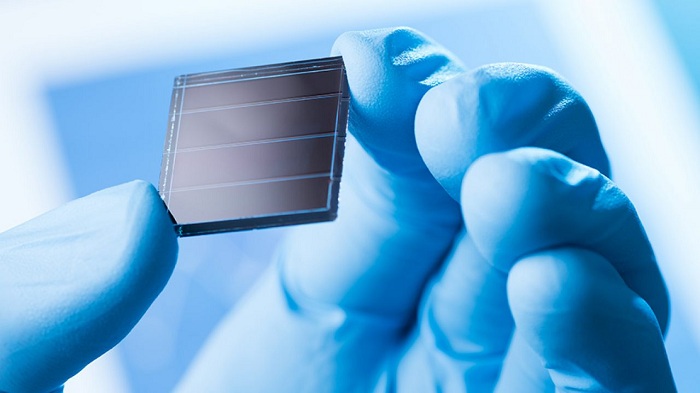Australian researchers have demonstrated that new solar panel designs and manufacturing techniques have the potential to solve some of the key challenges of operating in high temperatures, showing that they not only produce more useful electricity but have longer operational lives thanks to their ability to beat the heat.
Next-generation solar cells can improve the efficiency of solar energy conversion and reduce the costs associated with solar power generation. One key development area is making solar cells more resilient to high temperatures.
Traditional silicon solar cells can lose efficiency as their temperature increases and can even be damaged by extreme heat. However, some new solar cells, such as perovskite and multi-junction solar cells, have shown promise in maintaining their performance at high temperatures. This is extremely important so you can get more energy from your solar.
In new research published in the journal Progress in Photovoltaics, researchers at UNSW Sydney have shown that next-generation solar cell designs have the ability to achieve lower operating temperatures, allowing the cells to maintain higher efficiencies and slow down heat-related degradation.
Key to the improved performance is a combination of two features of next-generation solar cells – a technique called singlet fission and the production of tandem solar cells.
Researchers have explored the production of ‘tandem’ solar cells, which consist of two different types of solar cells layered on top of each other. A common example is next-generation perovskite solar cells that are layered on top of a conventional silicon solar cell. By combining two types of solar cells together, it is possible to convert more of the light spectrum into useful electricity, boosting the solar cell’s overall efficiency.
When these two types of solar cells are fused, their previous capacity to maintain efficiency at temperatures up to 200 degrees Celsius has now been moved up to 300 degrees Celsius.
This is important for several reasons. For example, in some parts of the world, particularly in desert regions like Western Australia, solar panels can be exposed to extreme heat and direct sunlight, reducing their efficiency and lifespan. In addition, solar power plants generate a significant amount of heat themselves, and improving solar cells’ heat resistance can help reduce this heat generation and improve overall plant efficiency. This is an excellent advancement and can help further to adopt solar power as a sustainable energy source.
Tandem solar cells have been promoted as a way to overcome the technical limitations of conventional silicon cells, by using a perovskite layer that can convert sunlight into electricity that would otherwise go unused by a silicon cell.
Singlet fission has also attracted the interest of researchers as another way to squeeze more useful energy out of sunlight.
In conventional solar cells, a unit of light, known as a photon, transfers energy to an electron and allows for an electric current to be produced. By incorporating the singlet fission technique in solar cell design, a single photon can be used to deliver energy to two electrons within solar cell material. By delivering energy to twice as many electrons, singlet fission can also provide a pathway to more efficient solar cells by allowing more of the sun’s energy to be captured.
While it is well understood by researchers that each of these techniques can boost the maximum conversion efficiencies of solar cells, the research team based at UNSW Sydney say that they have been able to show the additional ancillary benefits of improved heat performance and lower operating temperatures.
As is common with other semiconductor technologies, solar cells can suffer a drop off in performance as their temperature increases. In other applications of semiconductors, such as computer processors, great lengths are taken to ensure that the devices are kept as cool as possible.
But this can be a challenge for solar cell technologies, the whole purpose of which is to be directly exposed to the sun on a daily basis. As temperatures increase, the efficiency of solar cells generally drops, reducing the amount of useful electricity produced. Long-term exposure to high temperatures can also limit the useful life of solar cells, with heat being a key contributor to solar cell degradation.





































